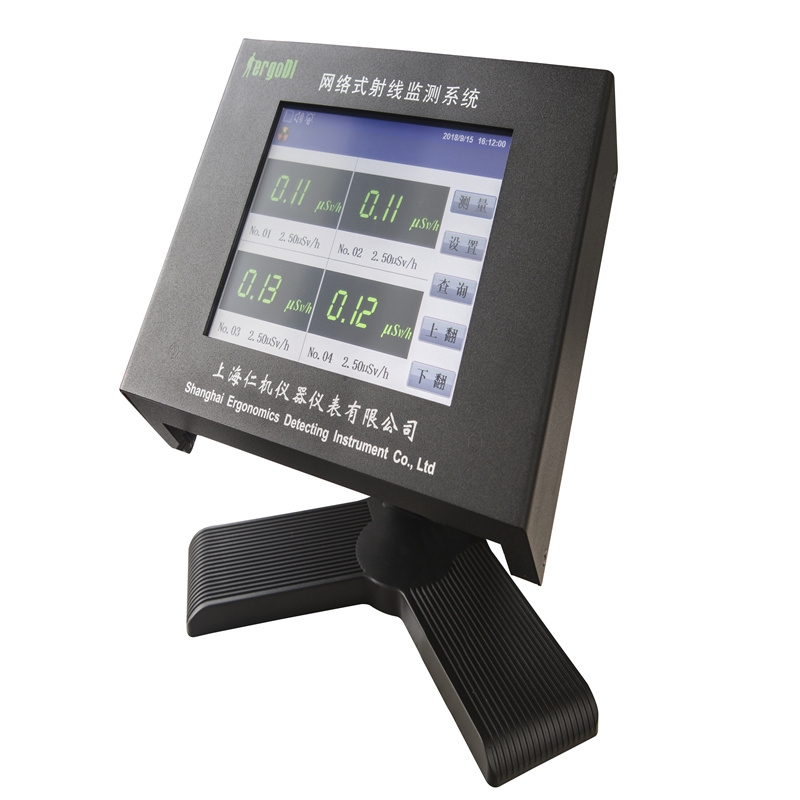Sitting at an optimal viewing distance helps avoid eye strain
The best TV viewing distance depends on the size and display resolution of the television screen. For standard-definition television, the recommended distance for viewing is six times the height of the TV screen. If you have a high-definition TV, you may be able to sit closer. Best Measurement Of Radioactivity

Contrary to popular belief, sitting too close to the TV is not bad for your eyes. This is because modern flat-panel screens do not emit radiation.
However, many people still worry that they may injure their eyes by sitting too close to the TV. While sitting close to the television will not cause injury to your eyes or vision, close viewing may cause temporary eye strain or eye fatigue.
This article discusses the ideal distance for watching television and ways you can relieve and avoid eye strain.
Years ago, safe TV viewing distance was a popular subject of debate, as the medical community warned television consumers about the dangers of radiation from TV sets. While the concern was legitimate, the danger is not an issue today because of the invention of LCD and plasma televisions, which do not emit radiation.
Sitting too close to the television may cause eye strain, however. To prevent eye strain, some eye care professionals recommend sitting approximately 10 feet away from the TV screen.
If you have a standard-definition TV, the manufacturer-recommended viewing distance is six times the vertical screen size. For example, if your television has a height of 18 inches, the optimal viewing distance is 108 inches or about 9 feet.
However, most optometrists and ophthalmologists agree that the best distance for television viewing is the distance that feels most comfortable for you. As long as you can see the screen clearly without experiencing discomfort, the distance is probably correct.
Besides viewing distance, the position of your television in relation to where you are sitting is also important for preventing eye strain.
Whether you hang your TV on the wall or set it on a tabletop, try to position it at eye level or lower to prevent straining your eye muscles or your neck. Constantly looking up will eventually cause these muscles to fatigue.
Lastly, as different types of screens have become more common in homes, the American Optometric Association promotes the 20-20-20 rule. They suggest that you take a 20-second break every 20 minutes to view a distant object that is at least 20 feet away. So, for example, if you watch your favorite movie or TV show on your laptop, take regular breaks to avoid eye strain.
Another option: If you are staring at a screen for an extended time, shift your focus from near to far. For example, if you usually stay 10 feet from a screen, move at least 20 feet away.
Although the general rule is to be at least six times the distance from the screen as the screen is tall (vertical measurement), closer viewing distances are recommended for higher-quality televisions.
The detail of a 4K high-definition (HD) TV screen and even a regular HD TV screen allows for a closer viewing distance than a standard-definition television screen. The pixels are smaller with these types of televisions, making it easier for the eyes to see up close.
For televisions with 4K resolution, the recommended distance for viewing is one and a half times the vertical screen size. For HD TVs, the recommended distance is three times the TV vertical screen size.
Manufacturers recommend the following viewing distances for these common television sizes (all measured diagonally):
Eye strain, or asthenopia, is an eye condition that causes a variety of symptoms, including fatigue, pain in or around the eyes, blurred vision, and occasional double vision.
Symptoms can occur after watching television at a close distance, reading, doing computer work, or performing any close activities that use the eyes. Attempting to focus on a close object for an extended period of time can tire the ciliary muscles that move the eyes, producing the symptoms of eye strain. Symptoms include:
Eye strain can also occur because people tend to blink less while watching television or working on tedious projects.
The average person blinks around 18 times a minute, naturally refreshing and lubricating the eye. But some studies have shown that people may only blink half as often (or less) while looking at a television or computer screen. Blinking so seldom often results in dry, tired, itchy, and burning eyes.
Besides sitting too close, watching too much television, especially in the dark, can cause eye strain due to constantly focusing on a small, bright object. The dark room causes the irises of the eyes to open wider in order to let in more light, but they fail to close as much as they should to focus on the bright screen.
If you experience the symptoms of eye strain after watching television or looking at your smart device, here are a few things you can do to help alleviate your discomfort.
Most eye care professionals agree that tablets, phones, and laptops are harmless to eye health and vision. However, these devices can cause eye strain, much like watching a television. Symptoms can develop due to focusing on a much smaller screen at a very close distance to your eyes.
According to the American Optometric Association, viewing digital screens for extended periods can lead to a group of eye- and vision-related problems known as computer vision syndrome (or digital eye strain). This condition can result from using computers, e-readers, tablets, and smartphones. Symptoms include eyestrain, headaches, blurred vision, dry eyes, and neck and shoulder pain.
To avoid digital eye strain, it's recommended that you keep your screen about arm’s length (18 to 24 inches) away from your eyes. You should view the screen at the level of your eyes or slightly below. Handheld digital devices such as smartphones should be held below eye level.
If you have difficulty holding your device at this distance, enlarging the text on the screen may help. Adjusting text size can sometimes make viewing more comfortable. Also, to help prevent eye strain from occurring, it's important take frequent breaks from the screen to give your eyes a rest from focusing.
For standard-definition television, it's recommended that you sit at a distance that is six times the height of the TV screen. This TV viewing distance may be shorter if you have a high-definition television.
Due to the advancements of modern television screens, watching TV up close will not injure your eyes. However, watching TV from a close distance may lead to eye strain or fatigue.
Know that viewing distance preferences can vary from person to person, and symptoms of eye strain or eye fatigue may improve with a few adjustments. You may find that sitting a bit further than usual from your television, getting a bigger or higher-definition television, or adjusting the display settings may be easier on your eyes.
If you tend to experience eye strain or eye fatigue frequently, consider asking your eye healthcare provider for advice. They can conduct a comprehensive eye examination to identify possible underlying causes of eye strain and offer ways to alleviate it.
Yes, TVs emit blue light. Contrary to popular belief, you will not get eye damage from exposure to blue light emitted by devices like your phone, tablet, and TV. However, it is still a good idea to be mindful of how much screen time you get, especially before bed. Late-night watching on blue light screens can make falling asleep more difficult.
If your child is blinking a lot when watching TV, it could be a sign that they need glasses to correct nearsightedness, farsightedness, or astigmatism. If you are concerned about the blinking, let your child's healthcare provider know so they can check their vision.
While watching a lot of TV will not cause eye damage in children, too much TV-watching may lead to eye fatigue or eye strain. Studies also suggest that children who spend more than four hours per day watching TV or using media are more likely to be overweight.
Sony. What is the recommended viewing distance for televisions?
American Academy of Ophthalmology. Can sitting too close to the TV damage your eyes?
Munshi S, Varghese A, Dhar-Munshi S. Computer vision syndrome-A common cause of unexplained visual symptoms in the modern era. Int J Clin Pract. 2017;71(7). doi:10.1111/ijcp.12962
American Optometric Association. Protecting your eyes at work.
Sheppard AL, Wolffsohn JS. Digital eye strain: prevalence, measurement and amelioration. BMJ Open Ophthalmol. 2018;3(1):e000146. doi:10.1136/bmjophth-2018-000146
Read JC, Bohr I. User experience while viewing stereoscopic 3D television. Ergonomics. 2014;57(8):1140–1153. doi:10.1080/00140139.2014.914581
American Academy of Ophthalmology. Digital devices and your eyes.
American Optometric Association. Computer vision syndrome.
American Academy of Ophthalmology. Screen use for kids.
American Academy of Ophthalmology. Should you be worried about blue light?
American Academy of Ophthalmology. Excessive Blinking in Children.
Nemours Children's Health. How media use can affect kids.
American Academy of Ophthalmology. Computers, digital devices and eye strain.
By Troy Bedinghaus, OD Troy L. Bedinghaus, OD, board-certified optometric physician, owns Lakewood Family Eye Care in Florida. He is an active member of the American Optometric Association.
Thank you, {{form.email}}, for signing up.
There was an error. Please try again.

CE Certification Personal Radiation Detectors By clicking “Accept All Cookies”, you agree to the storing of cookies on your device to enhance site navigation, analyze site usage, and assist in our marketing efforts.